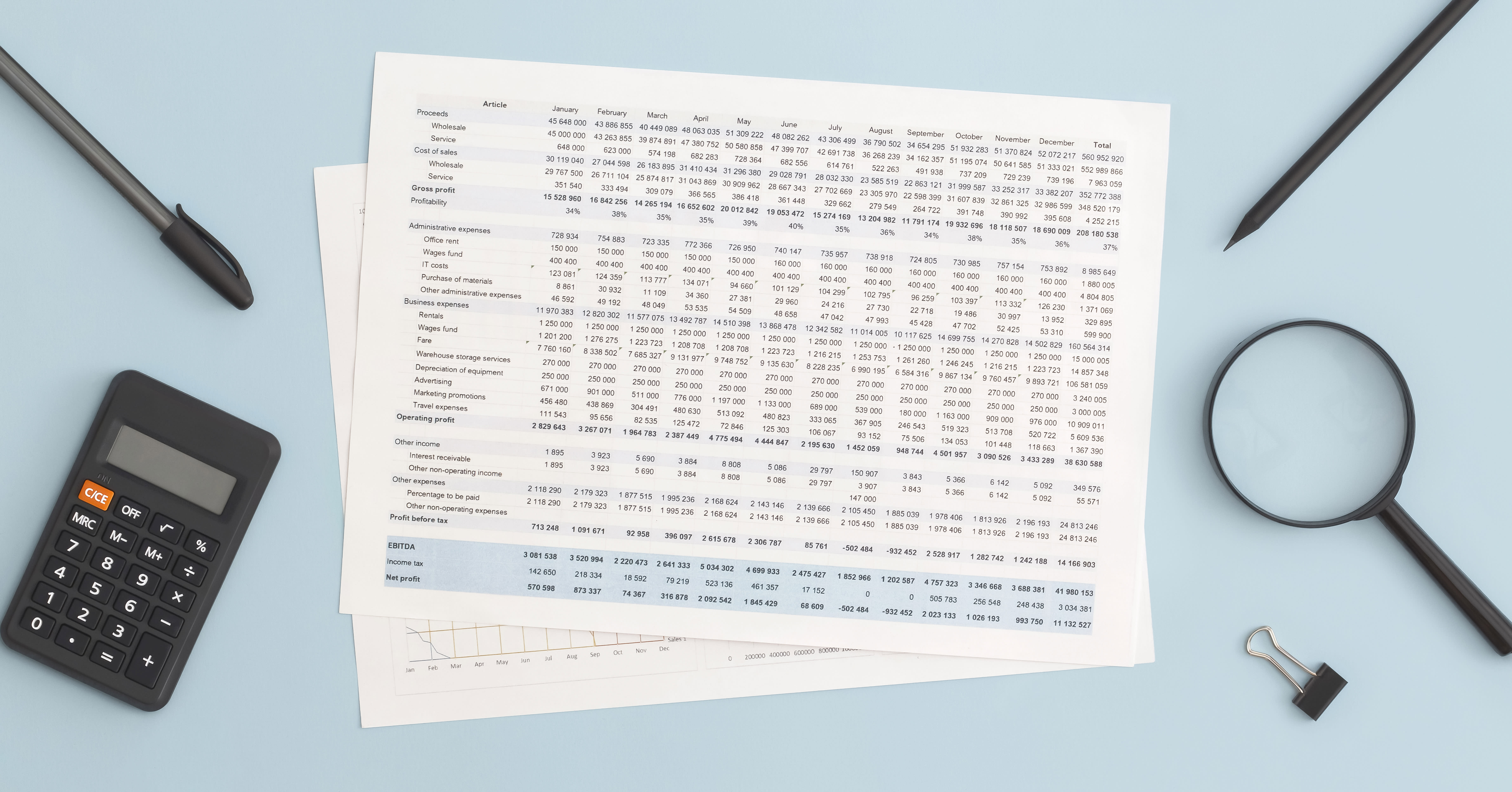Professional firms and the Pi model – investing in people as assets

If you’ve ever looked at the financial statements of a professional services firm, such as a consultancy, accounting, law or engineering firm, have you observed that people are listed as an expense on the income statement but not as assets on the balance sheet? It’s also unlikely that you’ve seen “maintenance” costs for that same resource. Yet for most professional services firms, people—or human resources—make up approximately 80% of fixed costs. And yet, many of these firms will tell you that “people are our greatest asset.”

Murray Kronick, professor at the Telfer School of Management, explores this theme in his paper titled “Are you Hiring and Managing the Right Pi-shaped People?”, published in the ICMCI Management Consulting Journal. In it, he “challenges the notion of considering people as expenses only”.
If a firm were to consider people assets in the traditional sense of the word and invest in their maintenance and improvement, would these assets depreciate or appreciate in value over time? Typically, tangible assets only ever depreciate, even with regular maintenance. For people, however, regular maintenance such as professional development or training could actually increase the value of the asset.
Five types of professionals: I, dash, T, Pi and comb

In addition to making the case for investing in people as assets, Professor Kronick introduces five models of professionals:
- The “I” model: the specialist. The I-shaped professional has profound knowledge in one particular area, but not much expertise in anything else. This might mean they lack the skills required to collaborate or lead.
- The dash “-“ model: the generalist. Contrary to the I-shape, the dash-shaped professional has some knowledge in many areas but lacks the depth of expertise of an I-shaped professional. However, they can be very valuable to firms because of their diverse skill set and can complement the I-shape quite well.
- The “T” model: a combination of the specialist and generalist. This model originated in 1978 and has been used by many firms since then. This type of employee is well-suited to the diverse, complex and evolving needs of clients.
- The Pi model: an evolution of the T-shape. This type has two specific areas of knowledge instead of one, in addition to generalist skills. In the drawing of Pi, the two legs are often different lengths; this can represent the different depth of knowledge in each of the two fields. Additionally, the waviness of the horizontal line of the Pi indicates varying levels of competency for more generalist skills.
- The comb model: an evolution of the Pi model, with a third specialty. The downside of this model is the high cost of maintenance involved – very few people can be subject matter experts in three different domains at the same time.
Professor Kronick recommends that firms determine their needs to establish the blend of models that will best suit their clients, then hire and “maintain” their assets accordingly. He also proposes that this maintenance be planned and implemented, similar to having the oil changed in a traditional vehicle and include clear incentives for employees such as financial rewards or promotions to grow their competence in their selected areas.